Oíche Shamhna (Halloween) is here! While many people associate Halloween with ghost stories and trick-or-treating, the Irish have a unique relationship with the holiday.
Samhain is an ancient Irish festival that dates back to the time of myths and legends, featuring fairies, Fionn Mac Cumhaill, and the King of Tara. Thought to be descended from Pagan rituals, Samhain, which is one of the four Gaelic festivals of the year, takes place on October 31st.
It was thought that during Samhain, the veil between worlds was thinned so that fairies (the Aos Sí) and spirits could return to the world of the living from the Otherworld. Irish people held feasts to welcome their loved ones home, while lighting bonfires for protection against evil spirits.
Food was a massively important part of Oíche Shamhna. Apples were associated with the Otherworld and immortality, while hazelnuts were believed to bring divine wisdom; therefore, both were used in fortune-telling rituals. Certain dishes were particularly associated with Samhain, such as colcannon, perhaps most famously.
What Is Colcannon?
 3
3
Colcannon (Bord Bia)
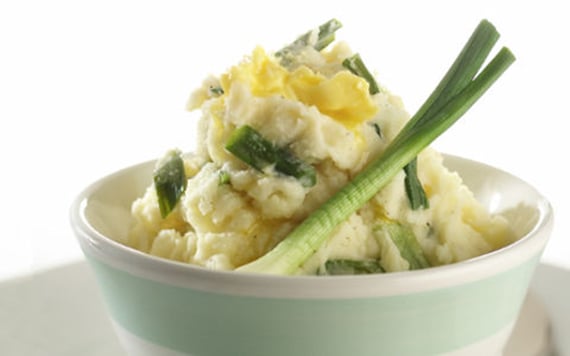
Colcannon (Bord Bia)
While potatoes are believed to have arrived in Ireland in the 16th century, they quickly became a staple of the traditional Irish diet. Fairly quickly, Irish people adapted traditional Samhain rituals to potatoes, and the result was colcannon, a dish made with potatoes, butter, milk, cabbage or kale, and spring onions. In addition to Halloween, colcannon can often be found on menus around St. Patrick's Day.
Colcannon, which is well-known as an Irish mammy's classic, can vary by region, so you might sometimes see varieties containing onions, chives, or other types of cabbage. While it's a very versatile dish, colcannon is often served with ham, bacon, or corned beef.
Traditionally speaking, colcannon was held in high regard around Samhain and was quickly incorporated into the feasts' menus. Similar to barmbrack and other traditional Irish dishes, prizes or charms were often hidden in colcannon, which were said to predict the diners' futures.
Charms varied by location, but some common types included the following: a coin, which meant wealth in the coming year; a thimble meant you would remain a spinster; a thimble was the male version of a thimble, meaning the diner would remain a bachelor for the next year; a ring meant that you would be married within the following year.
Traditional Irish Colcannon Recipe
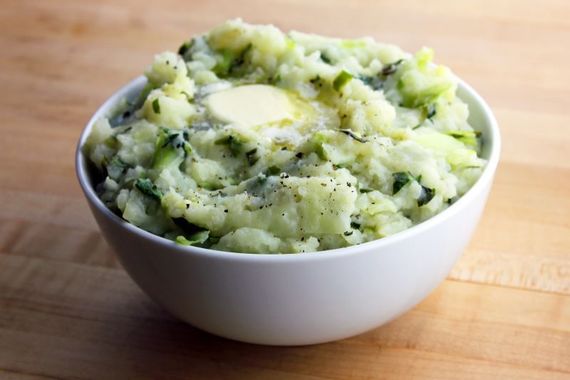
Colcannon (Getty Images)
Serves 8
Ingredients:
- 2kg or 8-10 floury potatoes, like russets, peeled and quartered
- 500g savoy cabbage or kale
- 125g salted butter
- 150ml milk
- Salt and pepper
- 2 bunches of spring onions, finely sliced
Method:
- Place the potatoes in a pot of cold, salted water and bring to a boil. Then, reduce the heat and simmer until tender. Drain the potatoes, then return them to the pot.
- While the potatoes are cooking, roughly chop the cabbage. Place in a pot of cold, salted water and bring to the boil. Cook for three to five minutes, or until the cabbage is just tender – you don't want it to overcook, which is a common mistake. Drain the cabbage.
- Add the butter and milk to the potatoes and mash until smooth and creamy. Mix through a pinch of salt and pepper, then taste; you may need to add a little more butter, milk, or seasoning, depending on your preferences.
- Mix through the spring onions and serve immediately.
What's your favorite Halloween recipe? Let us know in the comments!
* Originally published 2022, updated in Oct 2025.
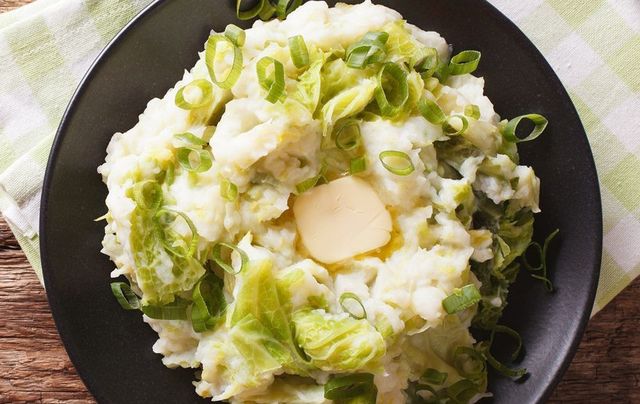
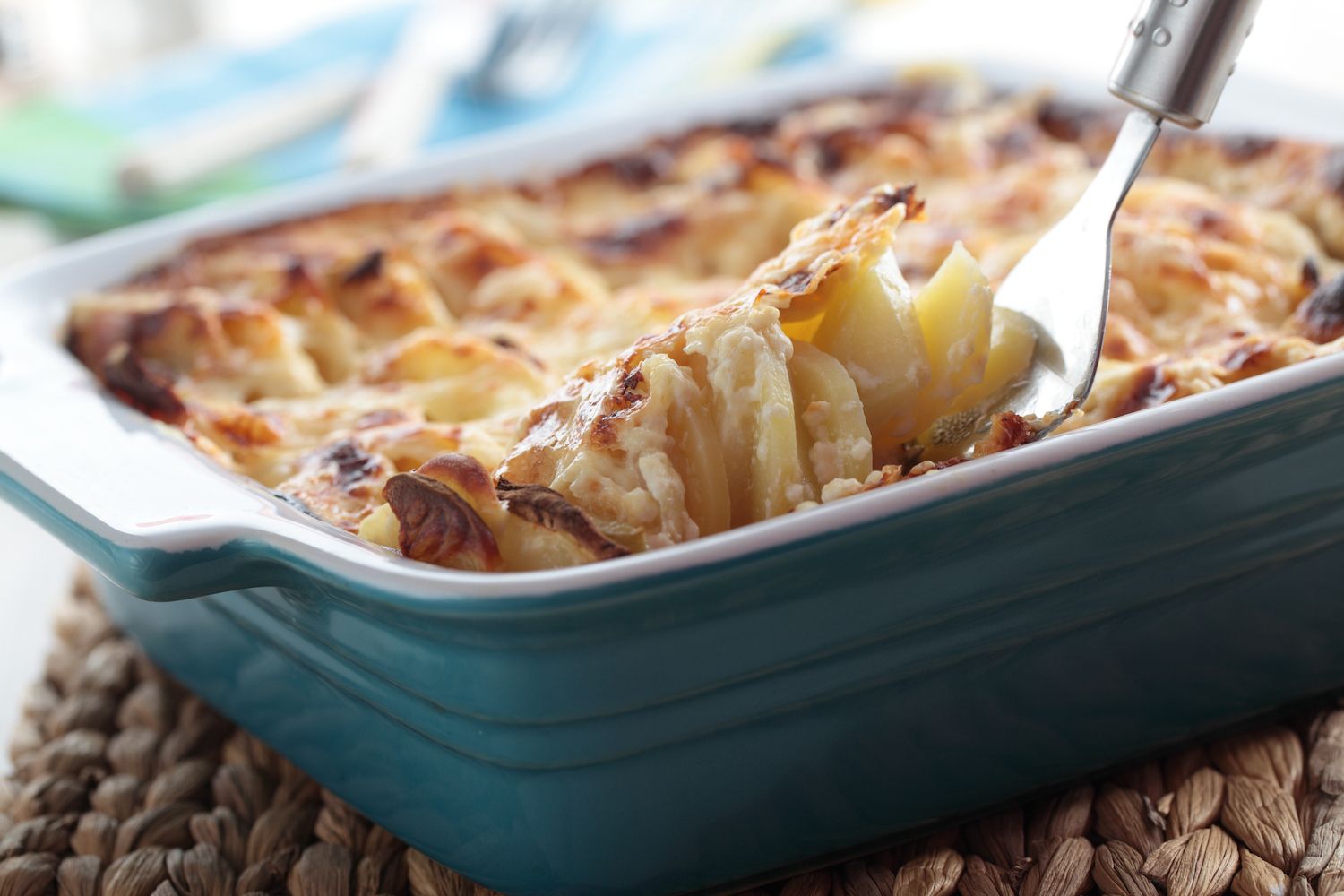
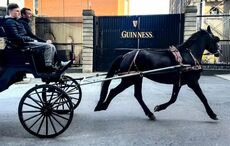
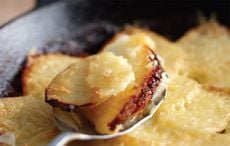
Comments